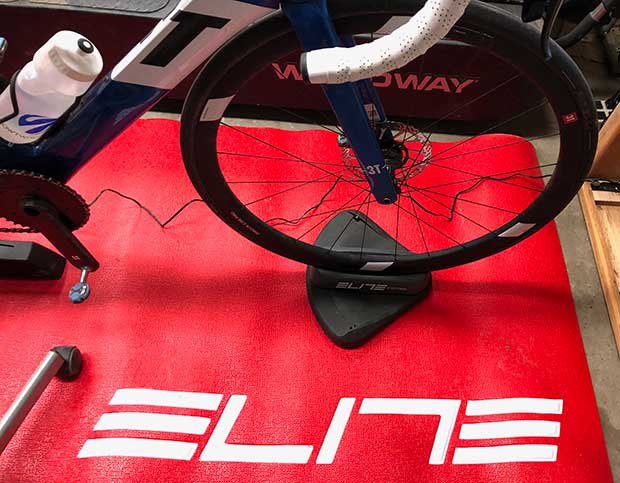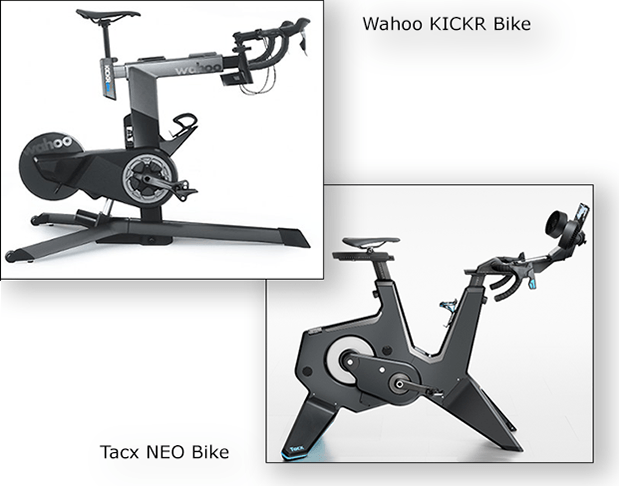Elite Direto XR
The three big growth categories in cycling over the past 3 years are electric, gravel and stationary. Smart trainers are a much, much bigger category of cycling product than most people realize. Nowhere is this more evident than right here, in this community, where around 9 in of every 10 of you report that you’re bike-Zwift-capable, and the large majority of you are Zwifting on a smart trainer. Compare this to 2014, when only 3 in 10 of you reported that you either had a smart, direct drive trainer or indicated your intention to eventually buy one. Oh, how times have changed!
We have written oodles here about Tacx, Wahoo and Saris direct drive smart trainers. We have not spent much time on the mystery brand, Elite. Of course, this brand is no mystery in Europe. Along with Tacx, these brands dominate in Europe, while Wahoo dominates in North America.
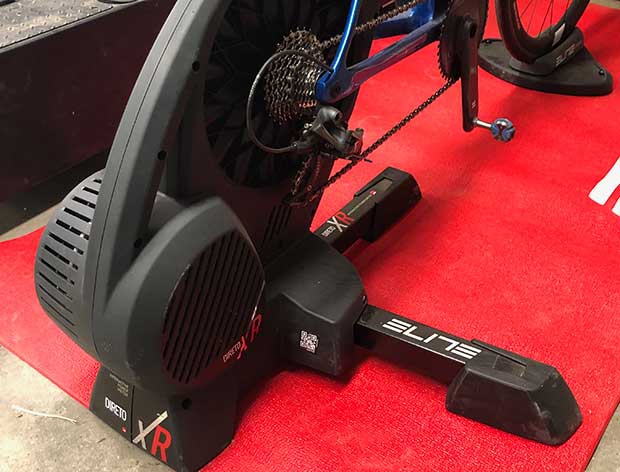
Is it fair to say that, in the United States, Elite is the Ringo Starr of trainers? Talented, sure, one of the Fab Four, but Wahoo is the Paul McCartney, yes? And Tacx is John Lennon? Elite has just not quite enjoyed the status of the other 3. Let’s talk about the Direto XR, released just before start of this past Winter season, and I’ve been riding this trainer along with Elite’s STERZO Smart (you can see that here), which enables steering in Zwift. How does this trainer measure up against the George, Paul and John?
Elite’s big feature has been its cost. It’s a direct drive smart trainer for under $1,000, compared to trainers costing $1,200 to $1,400. The Direto XR has crept up a bit in price, now costing $950 compared to $800-and-something, which has been the Direto pricing of prior editions. But the Direto XR has tried to bridge the gaps existing between it and the top-caliber trainers. The flywheel has gotten heavier, and the trainer has gotten more accurate (+/- 1.5%).
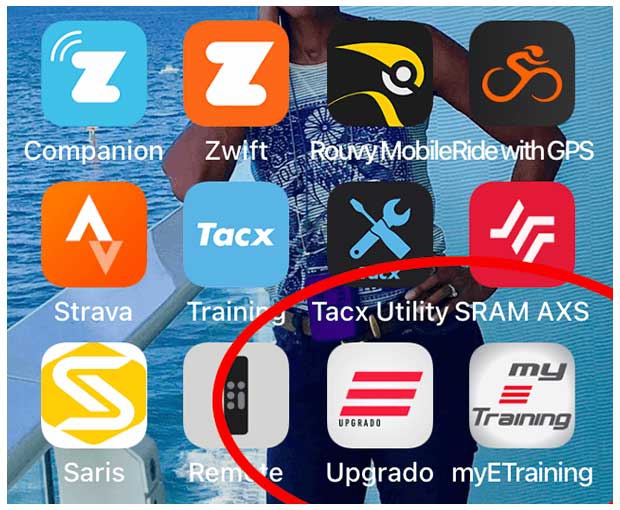
This is a plug-and-play unit. All the end caps relating to axle type – thru or quick release – are included. The trainer now comes with a Shimano 11-28 11-speed cassette, it’s pre-installed, so, truly, you’re up and riding in 15 minutes from the time you crack the lid on the box, unless you need a different driver body (e.g., for 12-speed SRAM), so, to be up and running in a hurry – with any trainer – think about the bike you’ll put on the trainer when you buy the trainer, to make sure you’ve got the cassette and driver body you need.
There is a companion app. Two, actually, and you can see them installed on my phone above. One is just for updating the trainer’s firmware (the Elite Upgrado), but it turns out this is superfluous, because the Elite MyE-Training app includes firmware update as a feature. This latter app also has a calibration function, which is reminiscent of the spindown calibration process of the Computrainer, for those who had that unit. In fact, the MyE-Training app has a pedaling analysis function similar to Computrainer’s SpinScan, measuring torque profile and the like. My one critique of this is the same as with SpinScan way back when: sexy data, but how does it change my behavior? Is flattening one’s torque profile, how “how smooth you're pedaling,” in Elite’s parlance, a demonstrably beneficial goal? Anyway…

As you see, in the screens above, you’ve got a lot of options in the MyE-Training app. You get to the middle screen by clicking SETTINGS at the bottom of the intro screen on the left. The screen on the right is the same as the screen in the middle, you just scroll down to get to all the offerings on the right, which include calibration (as you see) and firmware update.
I found the trainer to be reasonably quiet. Not Tacx NEO quiet, but, all the trainers have gotten quieter over the years, and I’m not in a multi-floor apartment building so I’m not as sensitive to a trainer’s noise. I never found this trainer’s noise to be in the least annoying during my riding.
I thought I detected a very slight indexing – for lack of a better term – when pedaling, like the steering indexing you’d feel in an older bike with ball-in-cage headseat bearings, where the headset was bike assembled to tightly, forcing the steel bearings to imprint on the bearing races. This, in my attempt to tweeze out any differences between this and other trainers. But I changed bikes and that indexing sensation went away (the indexing was in the drive train of the bike I had on the trainer). There is a protrusion in the frame, on the drive side, that isn’t a feature of other direct drive trainers. I wondered if that might interfere with any longer cage derailleurs, so I put a gravel bike on the trainer with a SRAM Eagle RD, made for 10-50 cassettes. No problem. I tried hard to find a fault with this trainer, but I just kept coming up empty.
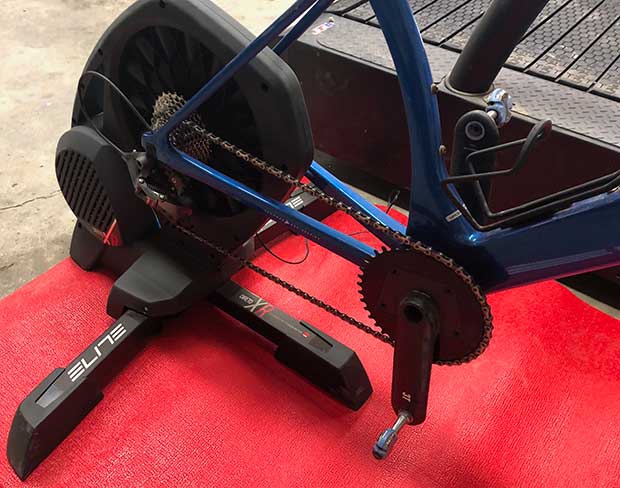
This trainer supports max power and incline values that, I promise you, you won’t exceed (2300 watts and 24 percent). The Direto XR is stable, with adjustable feet for uneven floors (like mine), I had no dropouts or failure to pair – which I have occasionally had with Saris trainers. It’s accurate, and the feel is reasonably roadlike. I note that others have detected a difference in road feel between this and other, pricier, direct drive smart trainers but, alas, I’m too neanderthal to notice. About the only negative I can report is that the Saris H3 frame – which with its fold-out support arms is the closest analog to the Elite in its foundation and platform – feels more metallicky and this trainer more plasticky. But, this made no real difference in the feel of the trainer.
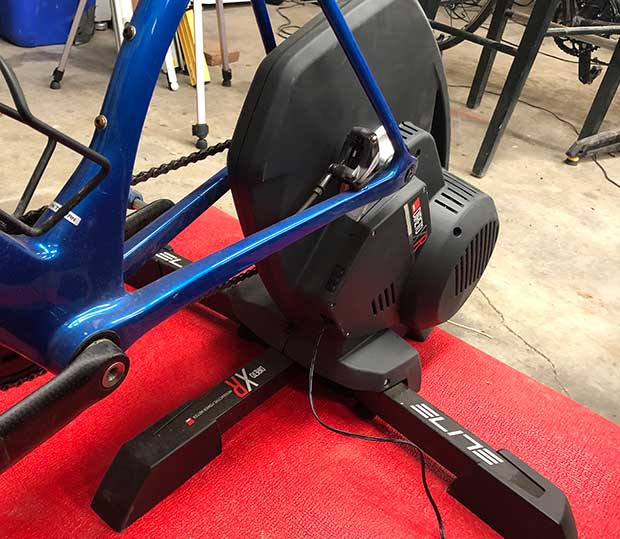
The value in this trainer is its price. It’s at least $250 less than Wahoo or Tacx direct drive smart trainers, so, you could buy an Elite Direto XR, and an Elite STERZO Smart, and you’d be $100 to the good over almost anything else in its class. Of course, Wahoo has upped the ante with the elastomeric footpods in its most recent (5th gen) KICKR, and Wahoo offers steering now (as well as incline/decline) in the KICKR Bike, and incline with the KICKR Climb. So, it just depends on what features you want. However, $950 for this trainer versus $1,200 for the KICKR and $1,400 for the NEO 2T, that’s money in the bank. The Saris H3 is the closest, pricewise, at between $1,000 and $1,100.
And in closing, may I just add, if you got to pay your dues if you wanna sing the blues, and you know it don't come easy. Here is more about the Elite Direto XR. If you enjoy DC Rainmakers reviews – and we all do – why don’t you support him by buying this unit from one of his affiliate partners? Here’s his review, with that affiliate list at the bottom, and an offer for 15% off from first time users.


